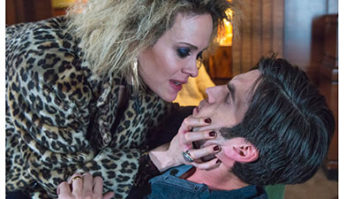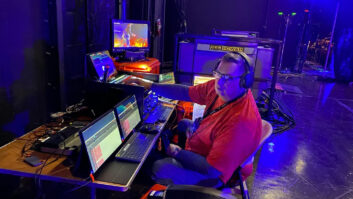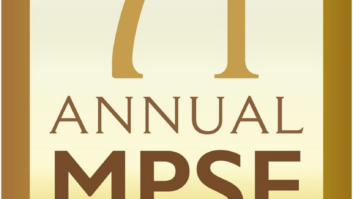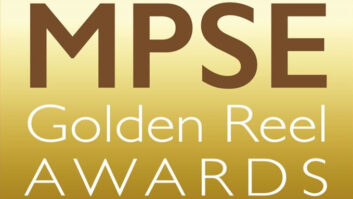When you listen to the suspenseful rhythms at the core of the score for the hit movie Traffic, it comes as no surprise that the composer once made his living as a drummer. After performing and recording with The Weirdos, Lydia Lunch, Captain Beefheart, The Dickies and the Red Hot Chili Peppers in 1989, Cliff Martinez decided to trade in his sticks for recording gear. Actually, not just his sticks.
“I decided I didn’t really want to be wearing a sock on my weiner for the rest of my life,” he says with a laugh. “Plus, my taste in music changed, and after being on the road with the Chili Peppers on and off for three years, bouncing around in a smoke-filled van all day and living on deli plates kind of wore thin.”
So, naturally, he gravitated toward the film world, working with an SP12 sampling drum machine and a Prophet 2000 sampling keyboard in his West Hollywood apartment. “I had drums used for planters and table tops and literally slept under the keyboard,” he recalls. “I began sampling household items, sound effects recordings and rude body noises and with them, created a series of semi-musical sound collages. At the time, I thought I was being brilliant and highly original, but was frustrated that I couldn’t come up with an outlet for it. Then I was channel surfing one day [in 1987] and stumbled on Pee Wee Herman.”
After scoring an episode of Pee Wee’s Playhouse, he was invited to work with sound designer Mark Mangini for the film Alien Nation. He hit it off with Mangini’s good friend, Steven Soderbergh, who then asked Martinez to score his first film, sex, lies, and videotape.
In 1993, Martinez bought a house in Topanga Canyon and built a project studio in the 20×15-foot family room. “I put up a couple of double-glass doors and double-glass windows so I could keep the music in and the external noise out,” he explains. “I have a line out for all the mics so I can record elsewhere in the house. There’s one large space downstairs — the kitchen, dining room and living room — which has a high ceiling and makes a great area for live recording.
“I haven’t recorded a lot of human beings in the house,” he continues. “So far, I’ve recorded mainly percussion and guitars. The most ambitious home recording so far has been a choir. We [with engineer Leanne Ungar] overdubbed four singers who swapped parts and mic positions to create the illusion of size.”
For Traffic, Soderbergh showed Martinez a rough cut of the film with a temp score. “Steven wanted a score similar in style to sex, lies, and videotape, which was slow, ambient and had a conspicuous absence of melody, harmony and rhythm. It was an unusual approach to take back in 1989, and I was a little surprised that Steven wanted to go down that road again with a $50 million dollar picture.”
Martinez estimates that about 60% of the music for Traffic was “recorded” via samplers in his studio. Pianist Herbie Hancock and guitarists David Torn and Michael Brook were recorded in their respective home studios, while Flea and percussionists Alex Acuna and Paulinho Da Costa were recorded at Media Ventures in Santa Monica. Because it was primarily an ambient score, Martinez and scoring mixer Alan Meyerson decided to add space and size to the sound by pumping the elements into a live space and recording the ambience. This enabled them to create a full, warm surround mix without using much in the way of electronic processing. They chose the famous Capitol Studios for the task with excellent results. The score was mixed by Meyerson at Media Ventures.
While Martinez has an elaborate home theater with a surround system (Snell speakers, Aragon amps and Lexicon CP3) and a 53-inch projection set, the heart of his home studio is the sound-generating capability. His main controller is a Fatar SL-88 keyboard, and he makes frequent use of the Roland SP-700 sampler, three Akai S1000 samplers, a Studio Electronics SE1 synthesizer, an Access Virus synthesizer, an E-mu Proteus/2 module, a Kurzweil PX-1000 module and a DrumKat MIDI percussion controller. He is dual-platform, running MOTU PCI and Logic Audio off of a 500MHz Apple G4 and GigaSampler off his PC. Digital video is through a MiroMotion DC30 software. Rough mixes are done on a pair of Mackie 1604s, and he monitors on Genelec 1031As.
“It’s hard to imagine how composers ever did film soundtracks before MIDI and SMPTE,” he laughs. “If it weren’t for computers, I’d probably still be playing drums, or maybe I’d be an accountant.”







